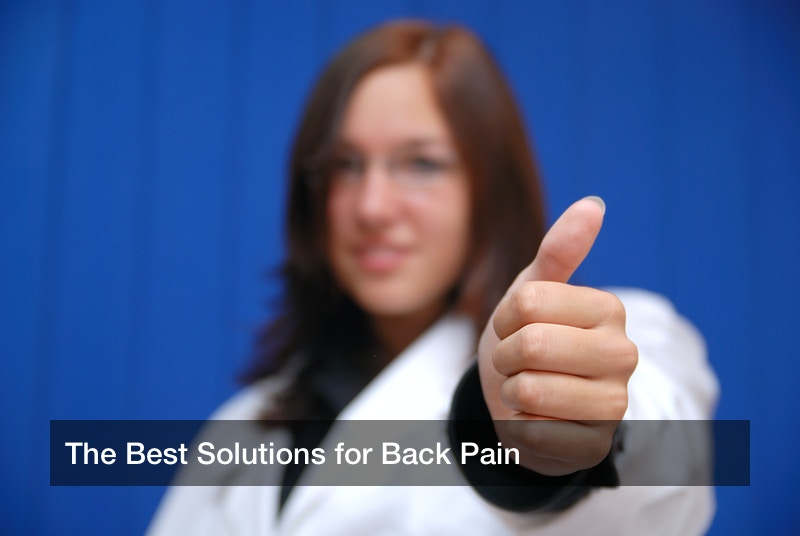The Best Solutions for Back Pain

The modern medical industry in the United States is a broad one, and among many other services, a patient may visit chiropractors or physical therapists to help them restore their arcs of motion or clear up any spine or back pain they might have. The human skeleton is the product of evolution, shaped for a lifetime of bipedal movement. This reflects in the skeleton’s S-shaped spine, long and tough leg bones, arched feet, and upright pelvis. While this gave our early ancestors many advantages, walking upright comes at a cost, and spinal issues and lower back pain are common even today. Fortunately, anyone who has suffered an injury to their spine or back muscles may have a chiropractic adjusting tool used on them for chronic pain issues. Or, rehab tools and systems such as computerized range of motion testing equipment can be used with physical therapy at a hospital. Advanced, modern hospitals may offer computerized range of motion testing equipment for a patient recovering from a sports injury, for example.
Back Pain and The Numbers
Many studies and surveys are done to track the current state of public health, and it is clear that chronic back pain and spinal problems are quite common. In fact, experts say that as much as 80% of the American population may experience lower back pain at some point in their lives, and at any given time, 31 million people are going through some form of back distress. One in three women and one in four men experience it, and nearly 50% of all working Americans admit to having back pain symptoms.
What causes back and spinal distress like this? Often, years of hard manual labor (such as construction work) can take its toll on the spine and back muscles, leading to chronic pain developing over time. Pregnant women may experience spinal distress too, and the elderly are known to often have back pain. Many decades of upright walking cause a person’s spine to slowly collapse and bend over during a lifetime, and this can cause all kinds of pain, such as from pinched nerves or distressed joints in the spine. And of course, a physical injury, such as from playing sports, can cause back pain as well or damage the spine. This is where rehab tools such as computerized range of motion testing equipment come in.
Recovery From Back Pain
Only the most serious cases of spinal or back problems may call for surgery. Meanwhile, many mundane cases of spine or back pain can be addressed with non invasive methods, and a person may visit their private physician and explain their problem. This is the second most common reason Americans today visit the doctor, behind only upper respiratory issues. A doctor can then refer their patient to a specialist, such as a chiropractor or a yoga expert.
A chiropractor is a specialized doctor who can use adjustment tools and even their bare hands to realign a patient’s muscles and/or bones, and doing this may clear up pain by giving relief to pinched nerves or relaxing cramped muscles. Doing this can also relieve pressure on joints, and all this can restore a patient’s arcs of motion as well as clear up pain. Something similar may happen at a yoga studio when a person signs up for private sessions. During those sessions, a patient may perform a number of poses, stretches, and bends that will relax the body and relieve pressure on bones, muscles, and nerves to remove pain and restore flexibility.
What about physical therapy at hospital? This is where computerized range of motion testing equipment may be used on a sports accident victim, for example. A patient may spend days or weeks on physical therapy, and the patient will work on restoring their balance, strength, and flexibility while clearing up pain. The patient’s progress may be measured with computerized range of motion testing equipment, as well as asking the patient to perform stretch tests on large elastic bands. This allows the therapist to gauge the patient’s current strength and flexibility, and determine when that patient has recovered enough to be released. Patients may work on walking (with helpful handrails), or even just work on standing up or raising their arms above their head.
